Astar Network, a notable parachain of the influential Polkadot network, recently reached a significant milestone in blockchain technology…
It introduced support for decentralized applications (dApps) coded in Rust, a programming language known for its performance, reliability, and productivity. This groundbreaking initiative, made possible through WebAssembly (WASM), is set to revolutionize the crypto space and redefine DeFi.
Demystifying WebAssembly (WASM): The Virtual Machine of the Future

Operating on a level entirely different from traditional computer systems, blockchain networks necessitate a specialized operating system. As a metaphorical global computer, networks like Astar Network require a unique system to flawlessly execute smart contracts from disparate points in the network.
Enter WebAssembly (WASM), a binary instruction format designed for a stack-based virtual machine. WASM is a new-age virtual machine VM created to run efficiently across various web browsers.
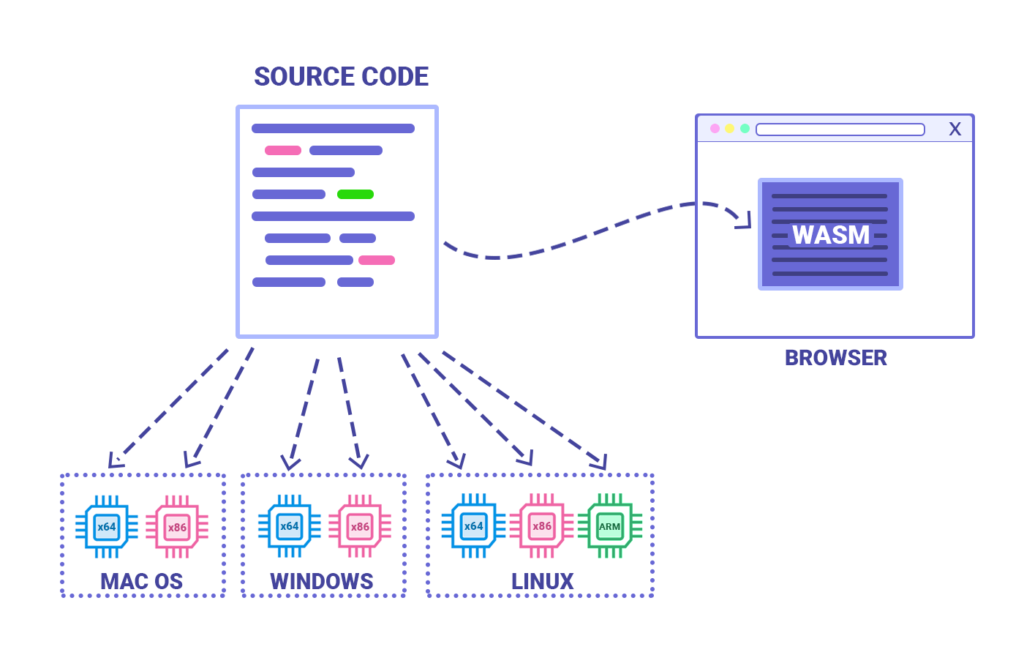
Crafted with input from industry leaders like Google, Mozilla, and Apple, WASM ensures universal compatibility across diverse web browsers. WASM stands out for its superior performance, efficiency, and portability, being hardware-agnostic and able to function across a multitude of computer setups.
It also offers advantages like human-readable coding and enhanced security. WebAssembly offers reliability among diverse machines, a necessary attribute for blockchain networks. With its efficiency and rapid execution capabilities, WASM is poised to change the blockchain landscape dramatically.
The Ethereum Virtual Machine (EVM) vs. WebAssembly (WASM)

The Ethereum Virtual Machine (EVM) has long been an industry leader in the blockchain space, underpinning some of the largest blockchain networks. Originally developed for Ethereum, EVM’s influence expanded as Ethereum did, with major second and third-generation blockchain networks, such as Binance Smart Chain, Polygon, and Avalanche, incorporating its compatibility.
Despite its success, EVM faces some limitations that impede the progress of blockchain development. EVM’s design constraints and the slow adoption rate by developers indicate a need for a more robust and versatile virtual machine.
WASM answers this call for evolution, addressing some of the most pressing requirements of contemporary blockchain systems. EVM is restricted to executing 256-bit codes, necessitating smaller-sized codes to be converted first to the compatible 256-bit format, which limits the speed of transactions.
In contrast, WASM allows for direct code compilation, eliminating delays and facilitating smoother transactions. Unlike EVM, which relies on precompiled contracts to execute operations, WASM eliminates this dependency, thereby reducing gas costs and the risk of a hard fork.
Moreover, WASM supports a wide array of programming languages, including C/C++, GO, TypeScript, and Rust. This compatibility negates the need for developers to learn a new coding language like Solidity for EVM, making the transition from Web2 to Web3 easier for programmers.
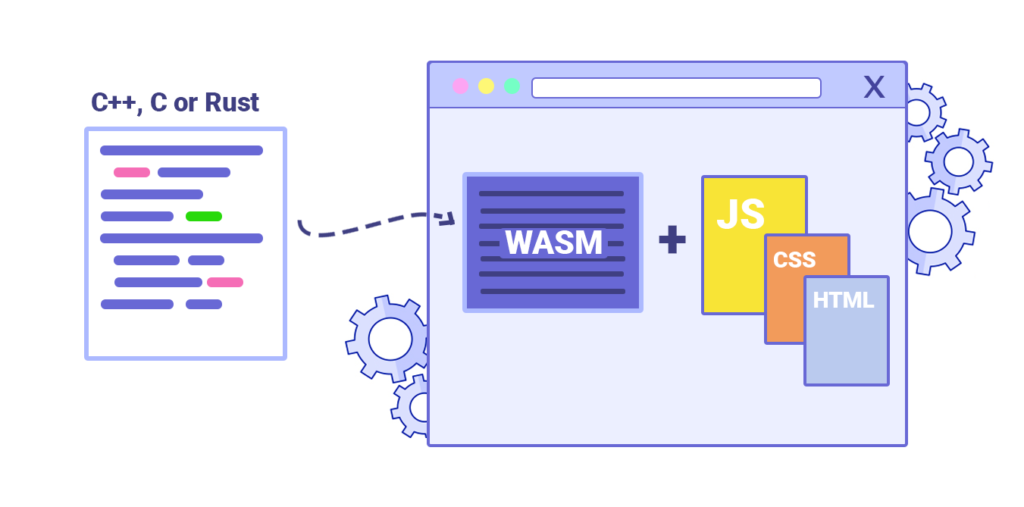
This feature is instrumental in increasing the reach, development, and adoption of the Astar network and Web3 in general. While WASM does have a few limitations, such as a smaller adoption rate and some technical constraints, its strengths position it to outpace other virtual machines in the industry.
Conclusion
In conclusion, Astar Network‘s support for decentralized applications (dApps) developed in Rust via WebAssembly (WASM) marks a pivotal shift in the crypto world, poised to redefine DeFi. As a superior alternative to the Ethereum Virtual Machine (EVM), WASM enables direct code compilation and supports a wider variety of programming languages.
This not only mitigates the limitations of EVM, such as slower transactions and high gas costs, but also eases the transition from Web2 to Web3 for developers, thus promoting the wider adoption of blockchain technology.
Though challenges remain, including WASM’s current lower adoption rate and some technical constraints, the potential benefits are significant, promising a transformative impact on the blockchain landscape.
Astar Network’s innovative move to leverage WASM reflects a compelling vision for the future of crypto and DeFi – one that is more accessible, efficient, and dynamic.
About Algem
Algem is a decentralized application built on Astar Network and offers two main features: liquid staking and liquid lending. As their names suggest, these two options let ASTR holders keep their assets liquid while putting them to work. Also, the liquid staking and lending solutions let users use Algem’s liquid nASTR tokens across Astar’s DeFi ecosystem to earn staking rewards and make more money. In doing so, Algem supports other Defi protocols by providing liquidity and creating a sustainable and cooperative ecosystem on the Astar Network and Polkadot.

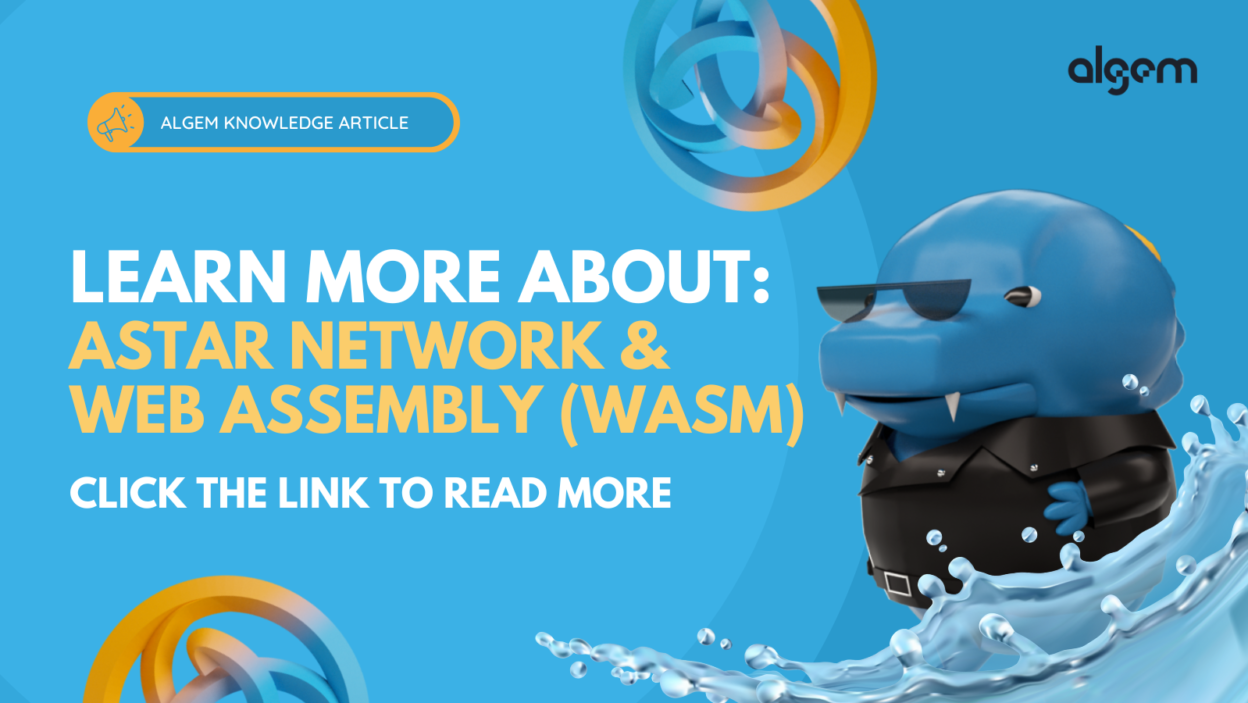
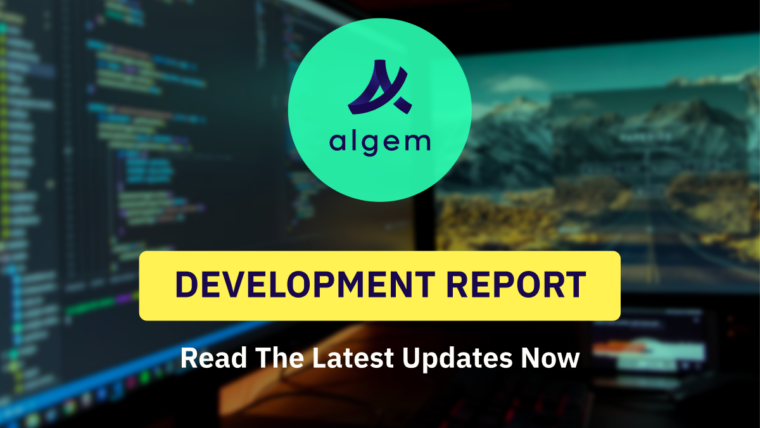


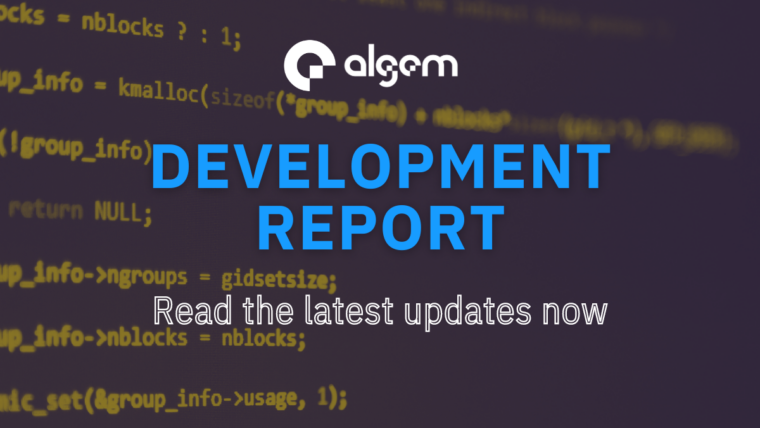


How we had been making Algemantis Nautilus Pass NFT
Everything You Need To Know About Liquid Staking On Astar Network
Partnership with Sirius Finance
Introduction in Algem